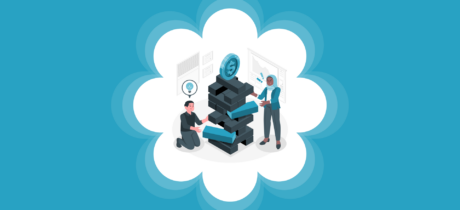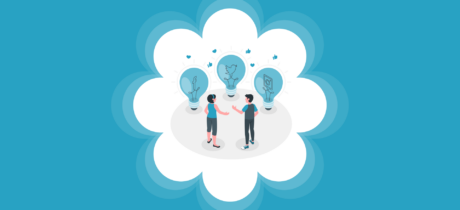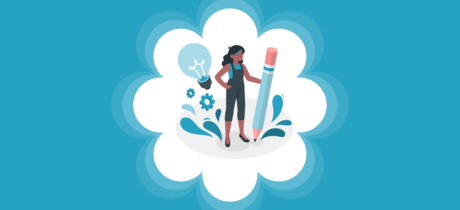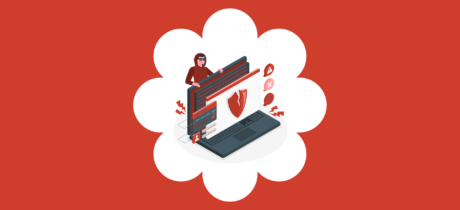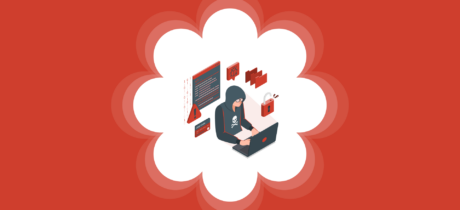
Safeguarding Your WordPress Website: Essential Security Measures Every Site Owner Should Take
Table of Contents
For many individuals and businesses worldwide, WordPress serves as the foundation of their online presence. While it’s lauded for its ease of use and flexibility, ensuring the security of a WordPress site is paramount. In a digital age rife with cyber threats, taking preventive measures can save site owners from significant headaches and potential financial losses. Here are some essential security measures every WordPress site owner should take.
1. Regular Backups: The First Line of Defense
Scenario: Imagine waking up to find your website defaced or inaccessible due to a hacker. The horror can be lessened if you have a recent backup ready to restore.
Action Step: Implement a schedule for daily or weekly backups, depending on how frequently you update your site. Store backups in multiple locations, both online and offline.
For consistent and reliable backups, our WordPress maintenance service can be an invaluable asset.
2. Strong Passwords: Fortify Your Gates
Scenario: Surprisingly, “password123” and “admin” are still common passwords. Such weak passwords are an open invitation to hackers.
Action Step: Use strong, unique passwords for your WordPress admin, database, and hosting accounts. Regularly update them and employ password managers to keep track.
3. Two-Factor Authentication (2FA): An Additional Security Layer
Scenario: Even if someone manages to guess or crack your password, 2FA ensures they can’t access your site without a second verification method.
Action Step: Implement 2FA for your WordPress login page. This typically involves receiving a code on your phone that you will need to enter to gain access.
4. Keep Everything Updated: Close the Doors on Vulnerabilities
Scenario: Outdated themes, plugins, and even WordPress itself can have vulnerabilities that hackers can exploit.
Action Step: Regularly update your WordPress core, themes, and plugins. Before updating, ensure you’ve backed up your site.
5. Use SSL: Encrypt Data Transfer
Scenario: A user enters sensitive information, such as a credit card number, on a site without SSL. Hackers can easily intercept this information.
Action Step: Secure your site with an SSL certificate, ensuring data transferred between your site and users is encrypted and secure.
6. Limit Login Attempts: Thwart Brute Force Attacks
Scenario: Hackers use automated tools to guess your site’s password. Without any restrictions, they can attempt thousands of passwords in minutes.
Action Step: Use plugins or security measures to limit the number of login attempts from a single IP address.
7. Monitor User Activity: Keep an Eye on Suspicious Actions
Scenario: A user with admin privileges starts making unauthorized changes to your site.
Action Step: Use plugins or tools to monitor and log user activities, especially for users with higher privileges. Immediate notifications about unauthorized actions can be invaluable.
8. Regular Security Audits: A Health Check for Your Website
Scenario: Over time, vulnerabilities or malware may find their way into your website without immediate detection.
Action Step: Periodically audit your website’s security. This will detect vulnerabilities, outdated components, and malware.
For a comprehensive security solution, consider our WordPress maintenance service.
In conclusion, as the digital landscape evolves, so do threats. WordPress site owners must proactively defend their online assets. By incorporating the measures mentioned above, you’re not just safeguarding your website, but also your brand, reputation, and valuable data. Remember, in cybersecurity, an ounce of prevention is worth a pound of cure.

